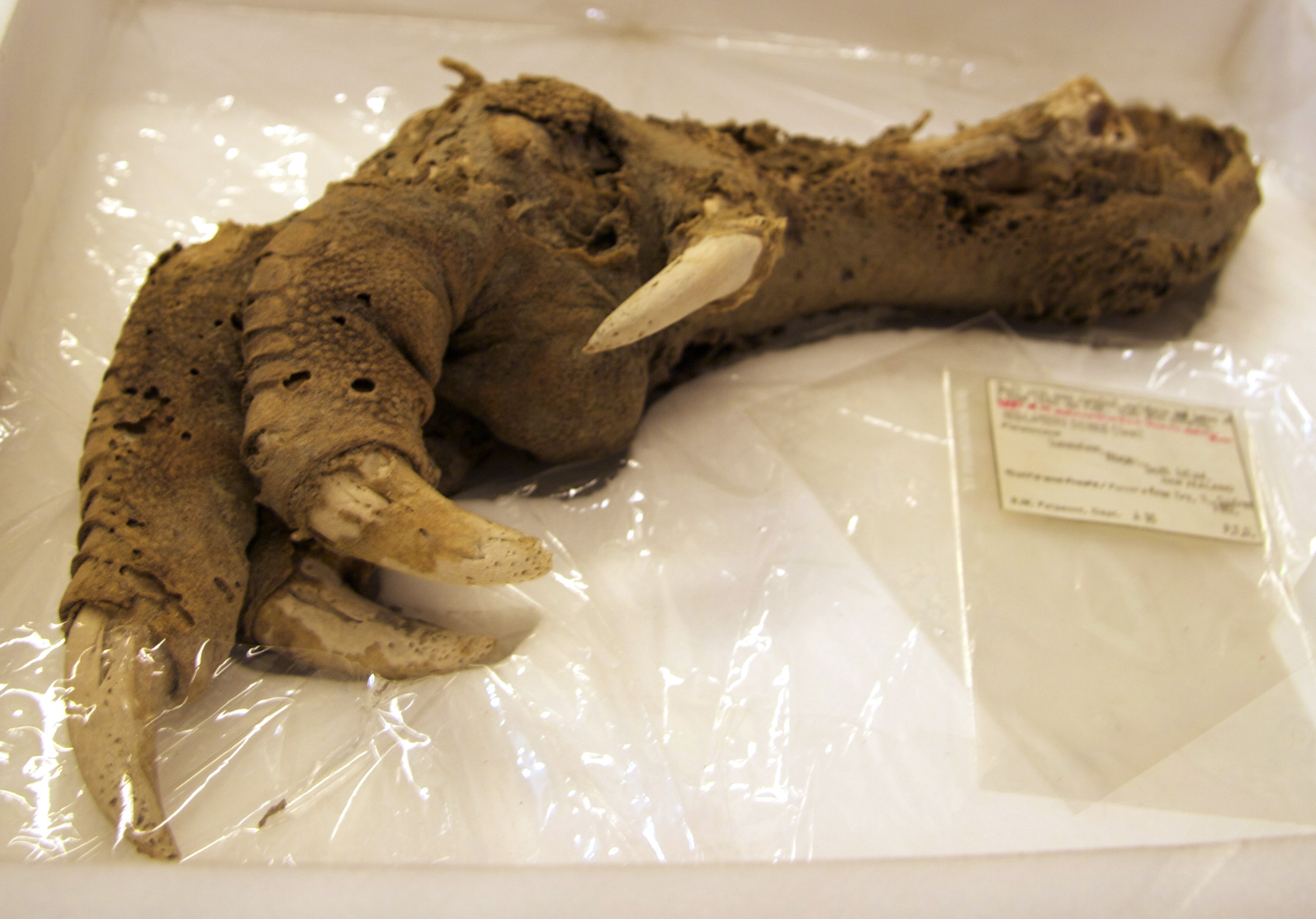Kumu
Though he didn't set out to become an expert on Hawaiian culture, Keli'i Tau'a may be the most revered teacher of hula and chant you never heard of.
It wasn’t until young Keli‘i Tau‘a’s feet hit the water that he remembered he’d never learned to swim.
The thirteen-year-old student at Kamehameha Schools in Honolulu had been raised in Kula, far from the ocean, but when, on a Saturday excursion to Waikiki Beach, his mates ran to the end of the concrete- and-stone breakwater and jumped off, he leaped too.
“Any human being does the natural thing—the dog paddle,” he chuckles. “But I was struggling. I let myself sink and thought, ‘Well, this is it,’ then I kicked myself up and started going again. When I looked ahead and saw all the tourists on the shore, I thought, ‘Man, I got a long way to go.’”
It wasn’t the last time Tau‘a would dive into something without knowing how deep it would be.
Today the sixty-six-year-old Ha‘iku resident is an acknowledged master of Hawaiian music and chant, and an expert in traditional ceremonies. Some of the Islands’ most respected cultural leaders consider him a mentor.
Because of his knowledge of ancient protocols, Tau‘a’s been called on to bless everything from new canoes to a jetliner. He’s led his hula halau, Maui Nui o Kama, for thirty-six years, and taught Hawaiian language and culture at Maui Community College for more than a decade. One of the most prolific Hawaiian-language songwriters living today, he has recorded more than a dozen albums of Hawaiian music and chant, collaborating with Hawaiian music greats like Roland Cazimero and Gabby Pahinui.
But while Tau‘a is revered by students of Hawaiian culture, many people outside that community don’t even recognize his name.
“He just flies under the radar,” says Clifford Nae‘ole, cultural advisor to the Ritz-Carlton, Kapalua.
Nae‘ole learned hula from Tau‘a, and says that, as a teacher, Tau‘a was strict, exacting and old school. “What mattered to him was the culture, the protocol. We would practice in the morning, early, before the sun came up sometimes. Sometimes we’d practice late at night. He was saying, ‘How much do you want this? Show me what you want, and that’s what you will receive.’”
Nae‘ole says Tau‘a’s humility, a product of the Hawaiian spiritual traditions he follows, and his intense devotion to studying and teaching rather than self-promotion, are some of the reasons he isn’t better known in the wider community.
That may be changing. Tau‘a recently returned to the recording studio after more than a decade. He released a lyrical album,
Cloud Warriors, in 2008, and a new album of chant,
E Ala Hawai‘i, earlier this year. An album of songs inspired by the voyaging canoe Hokule‘a is planned for release in September. And last April, at the Ritz-Carlton, Kapalua’s Celebration of the Arts, Tau‘a received Na Mahana Award of Excellence in recognition of his lifetime of dedication to Hawaiian culture.
This fine man, champion of Hawaiian Studies and accomplished musician, helped me enormously while I was writing my book. Please take a moment to visit his website to learn more about him and his work at,
http://www.keliitaua.com
Mahalo and Aloha
Palolo Bob
www.authortobertbonville.com























